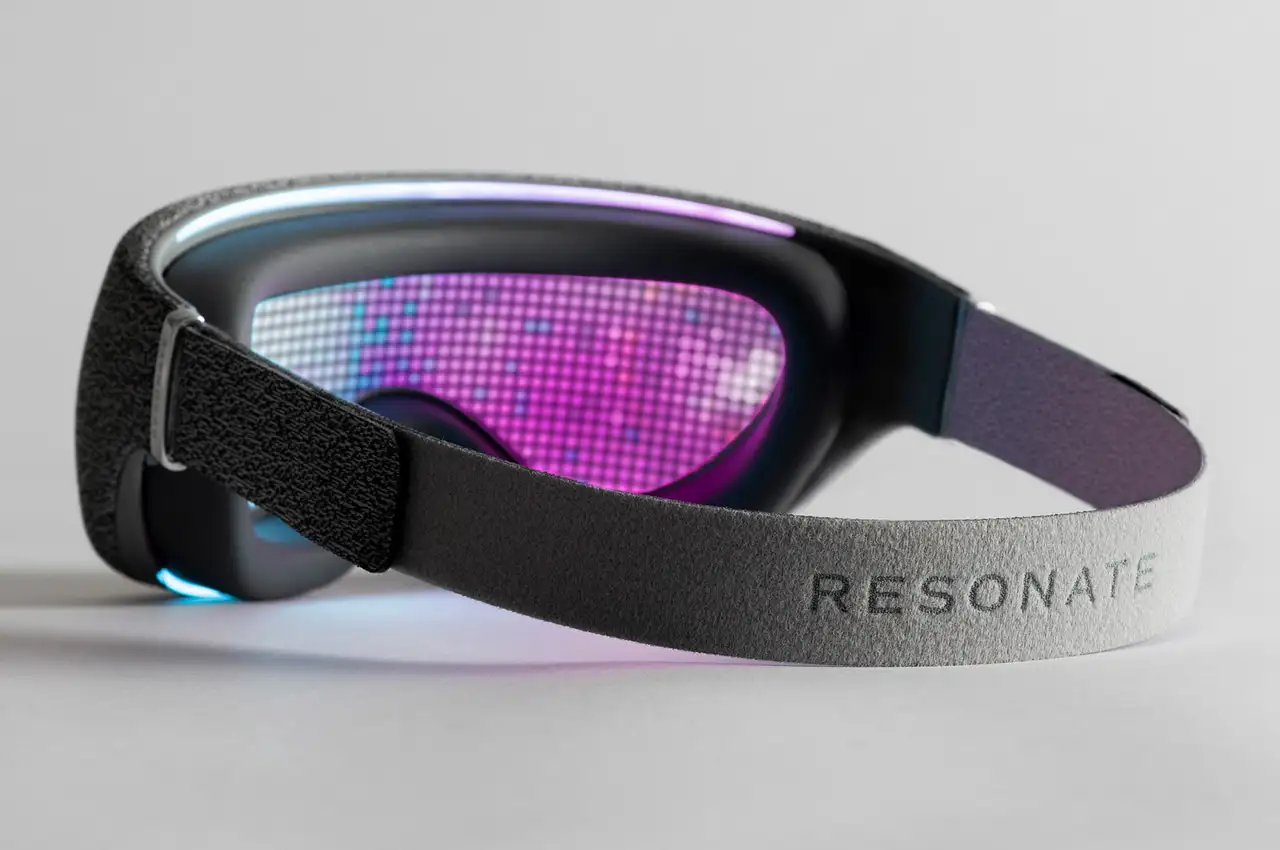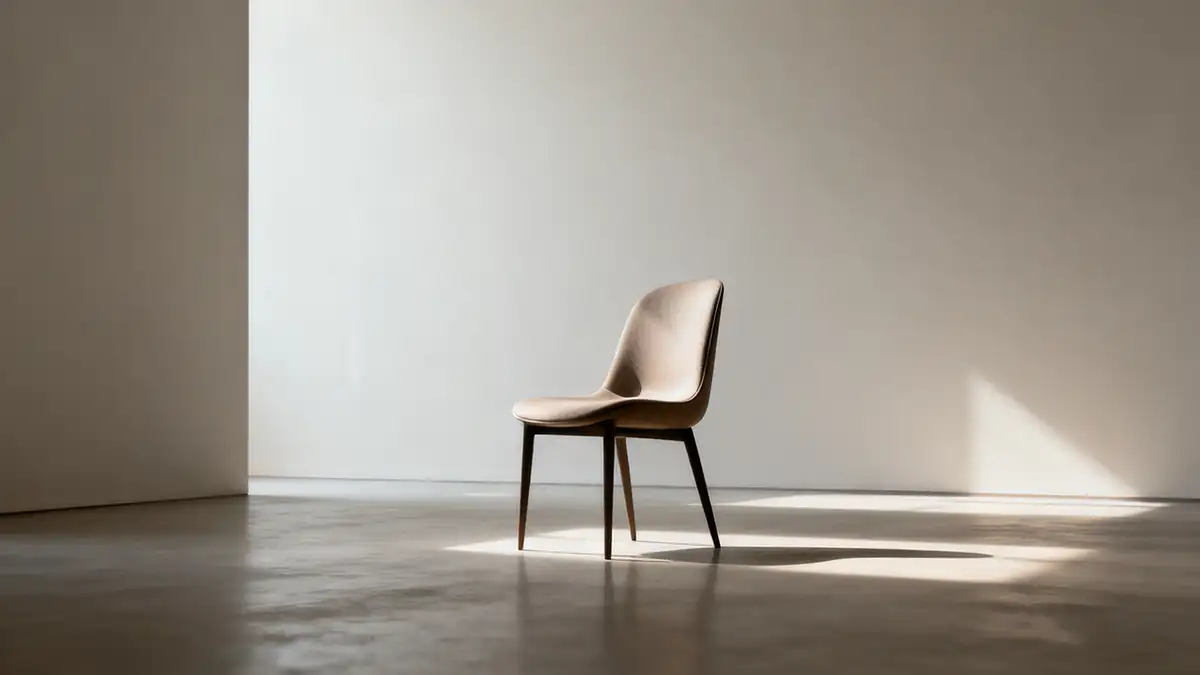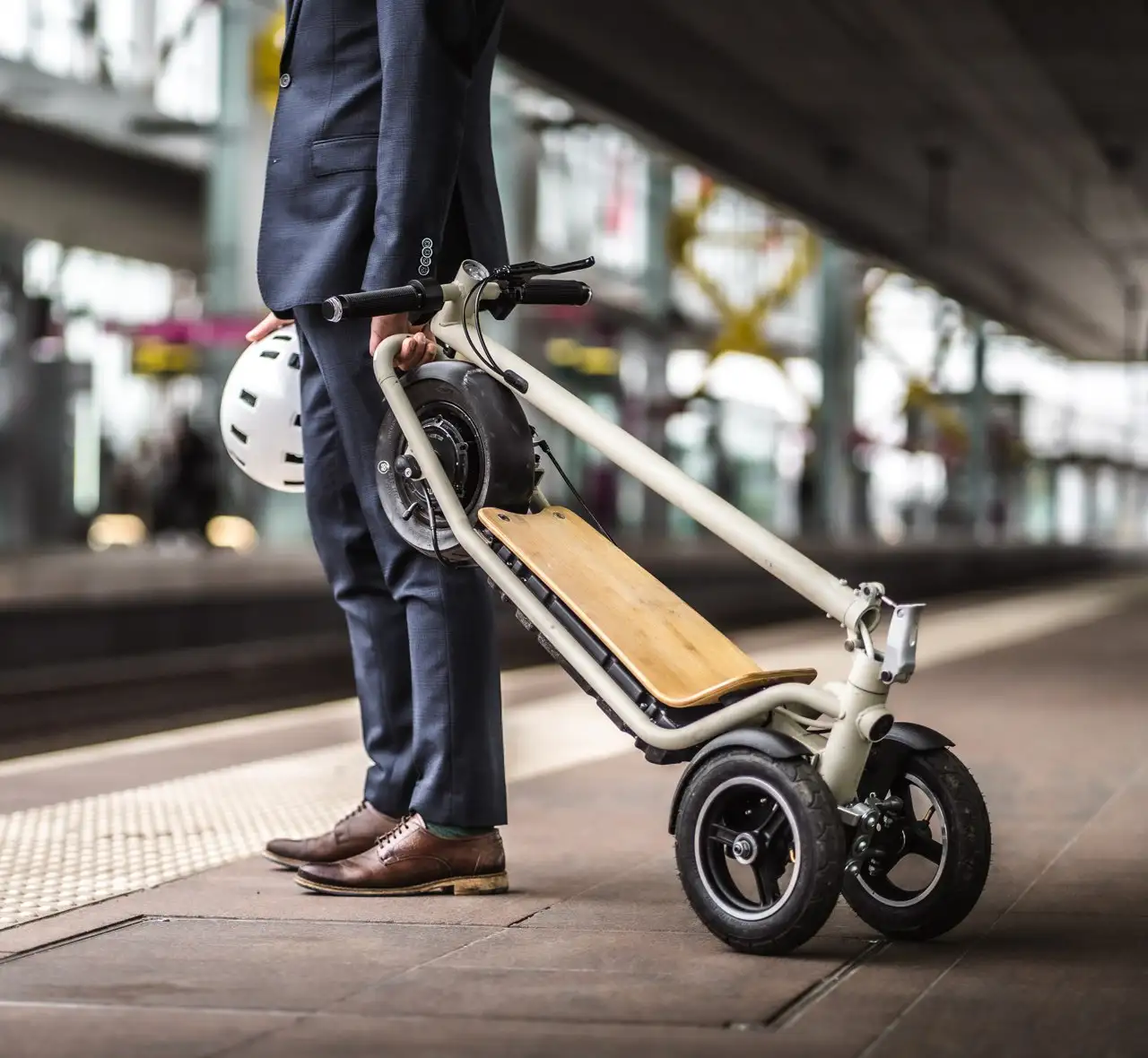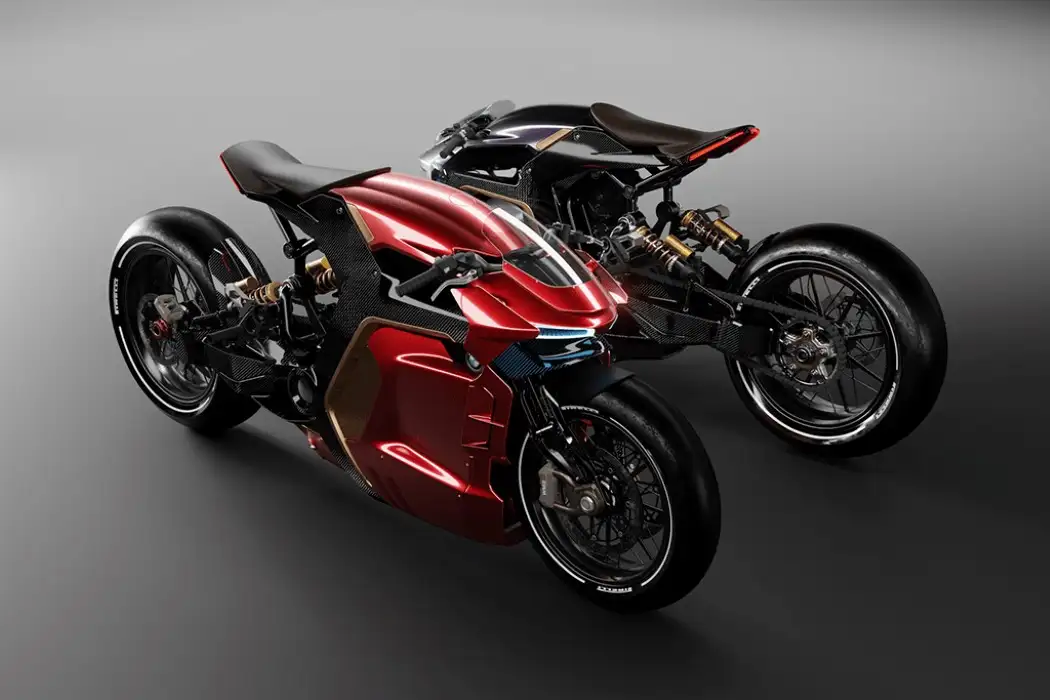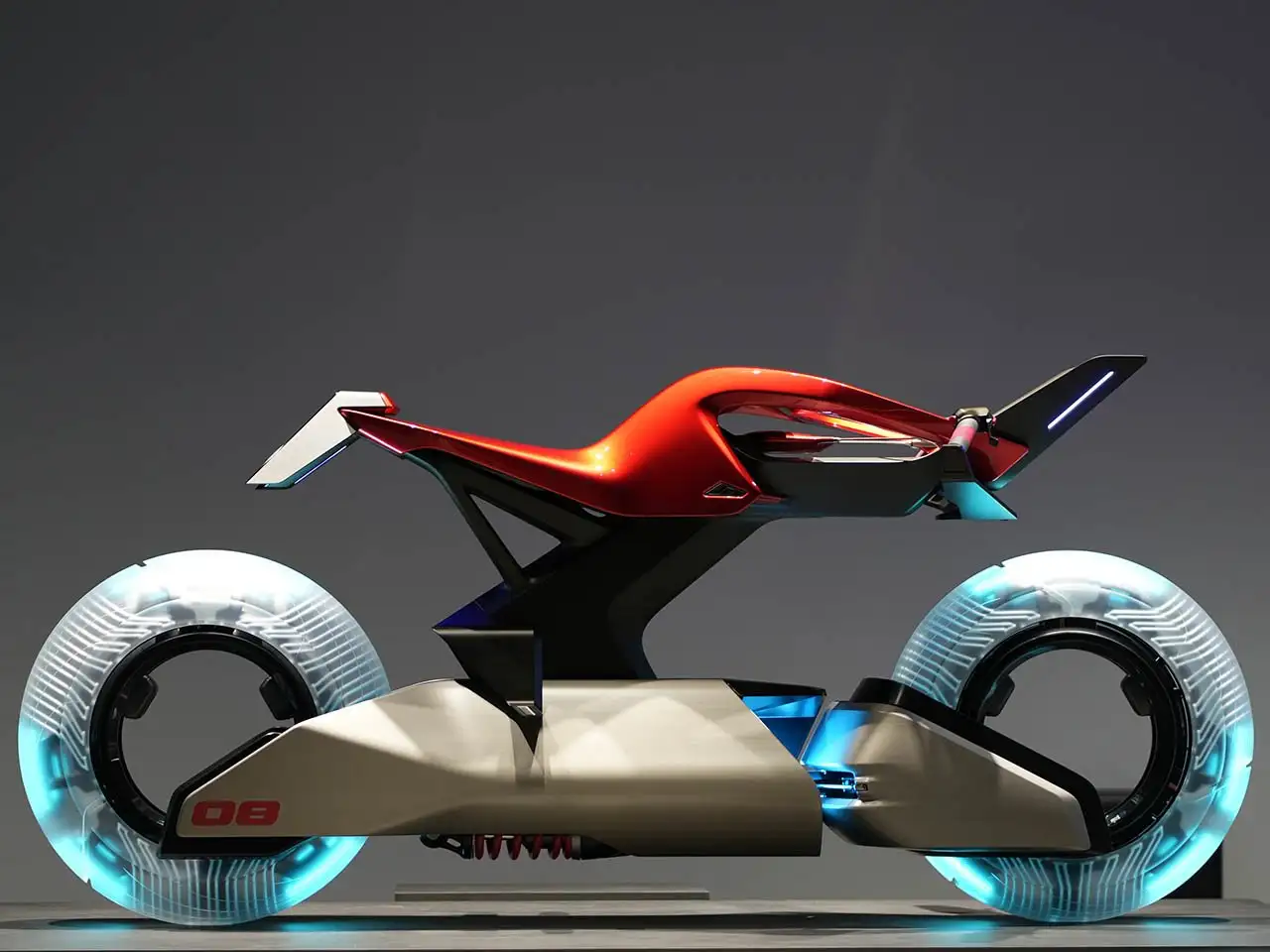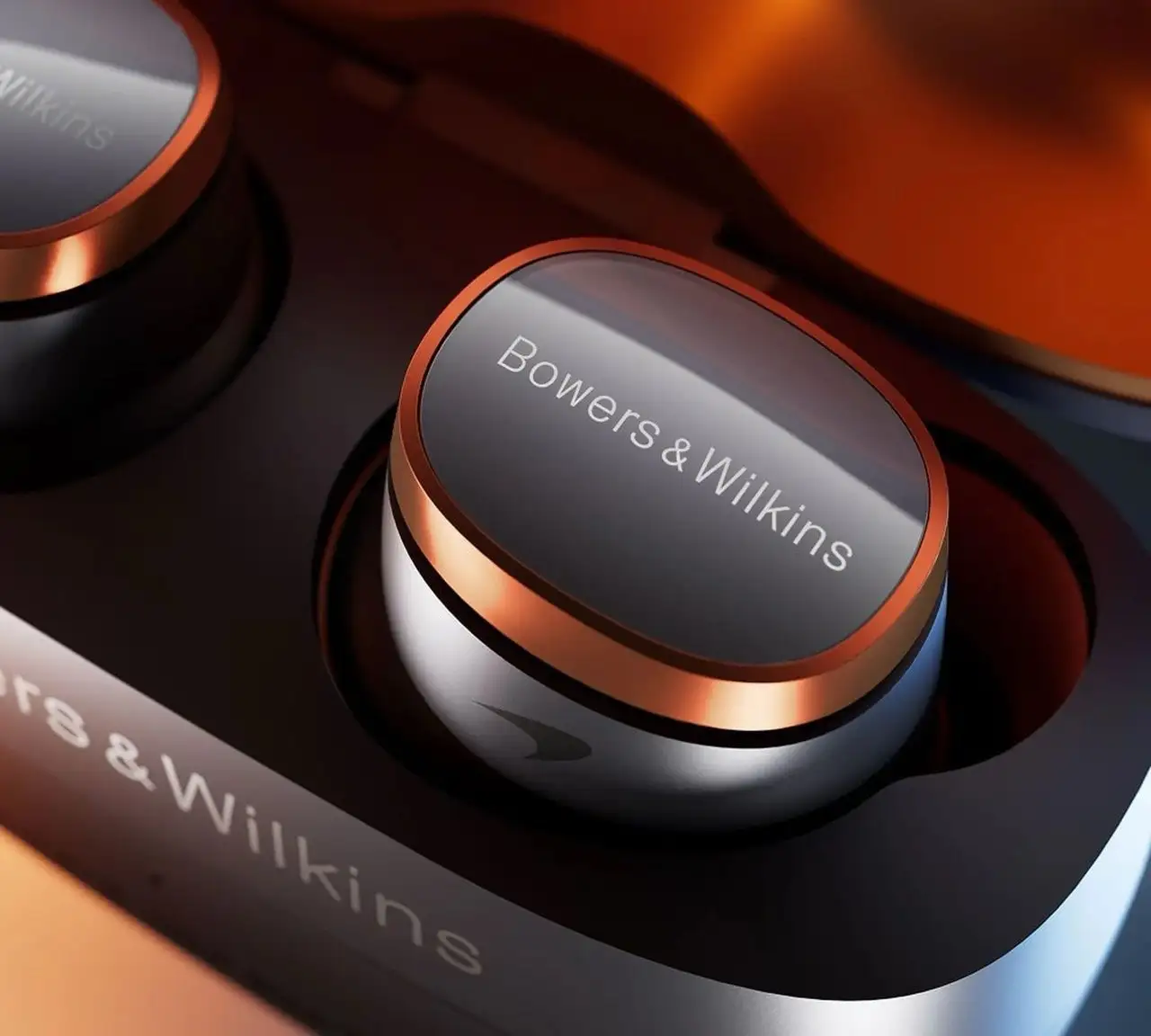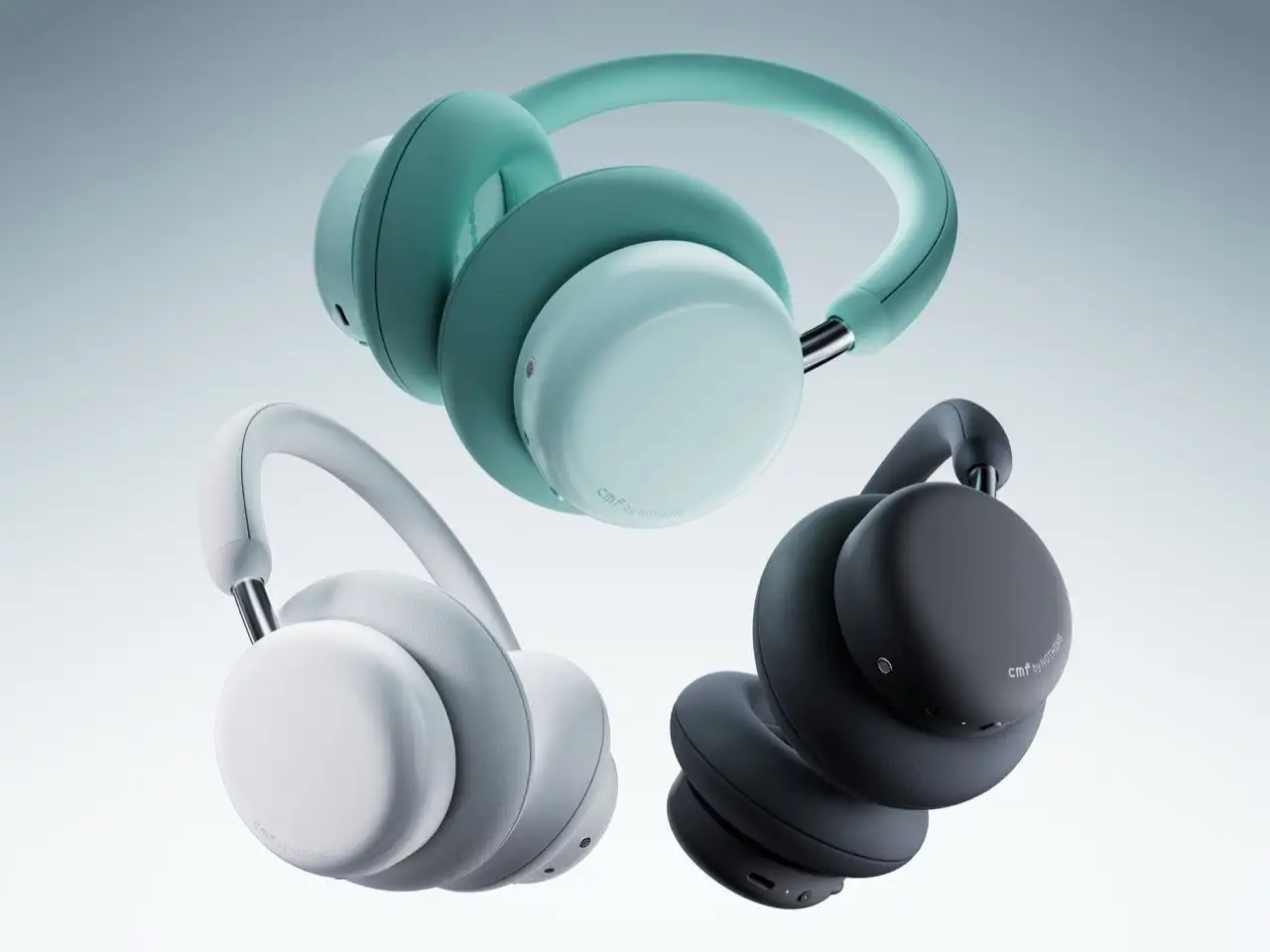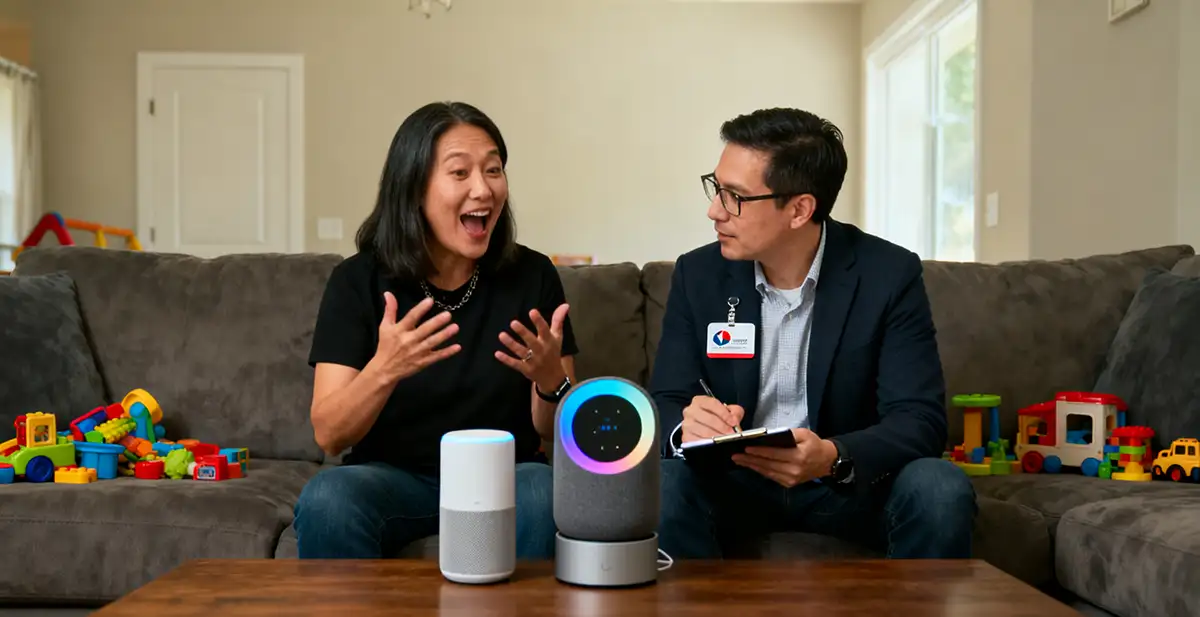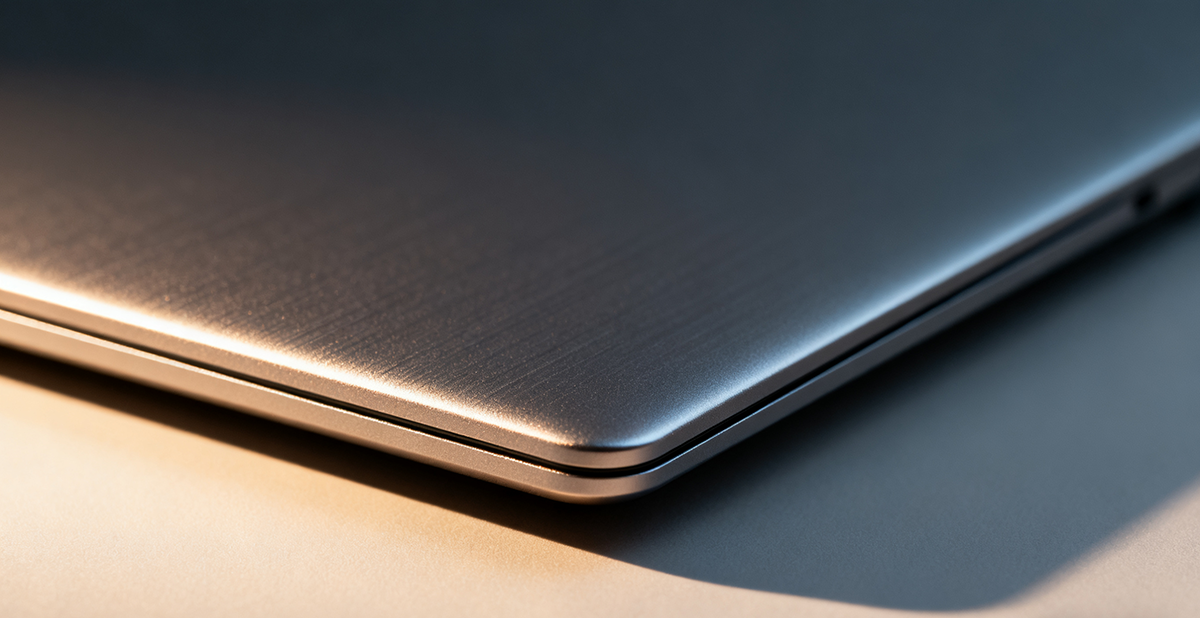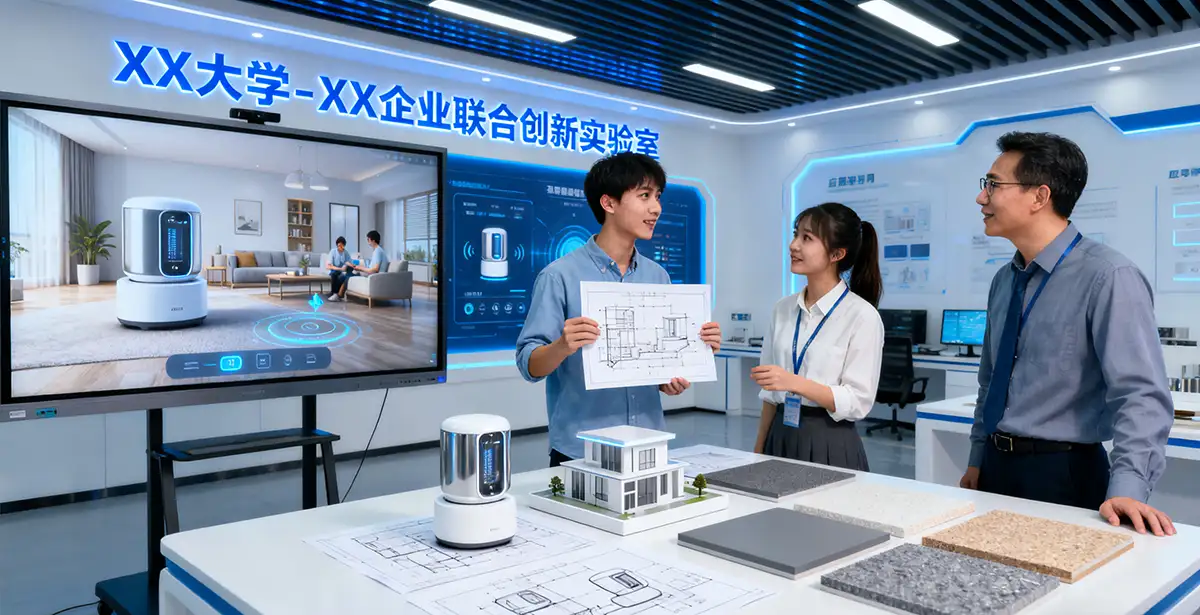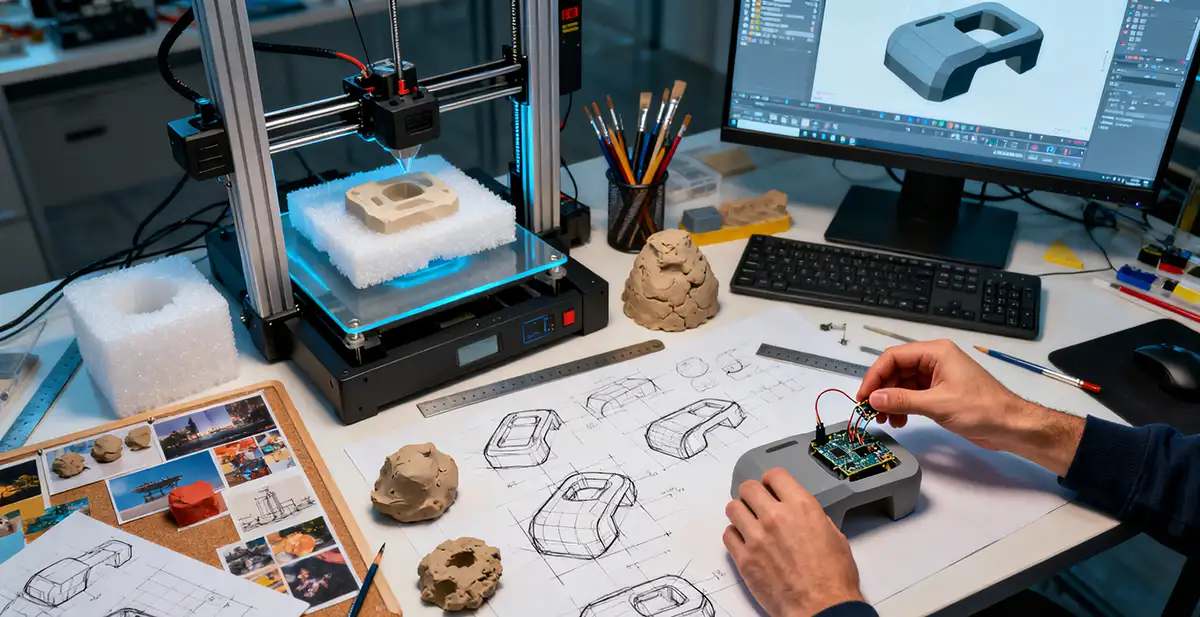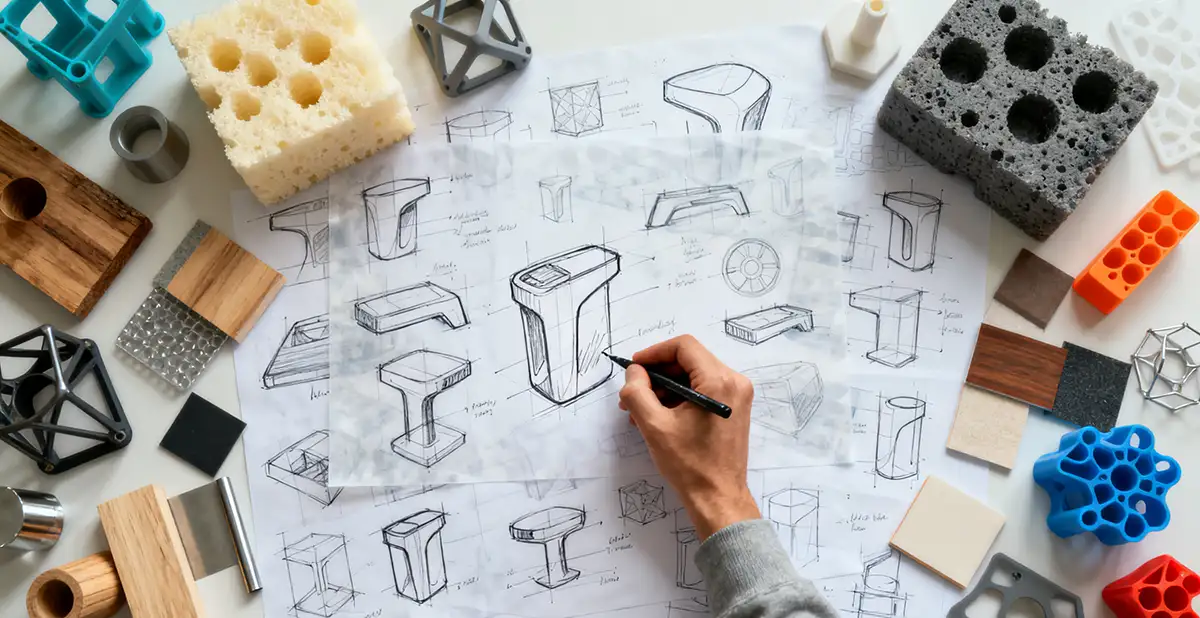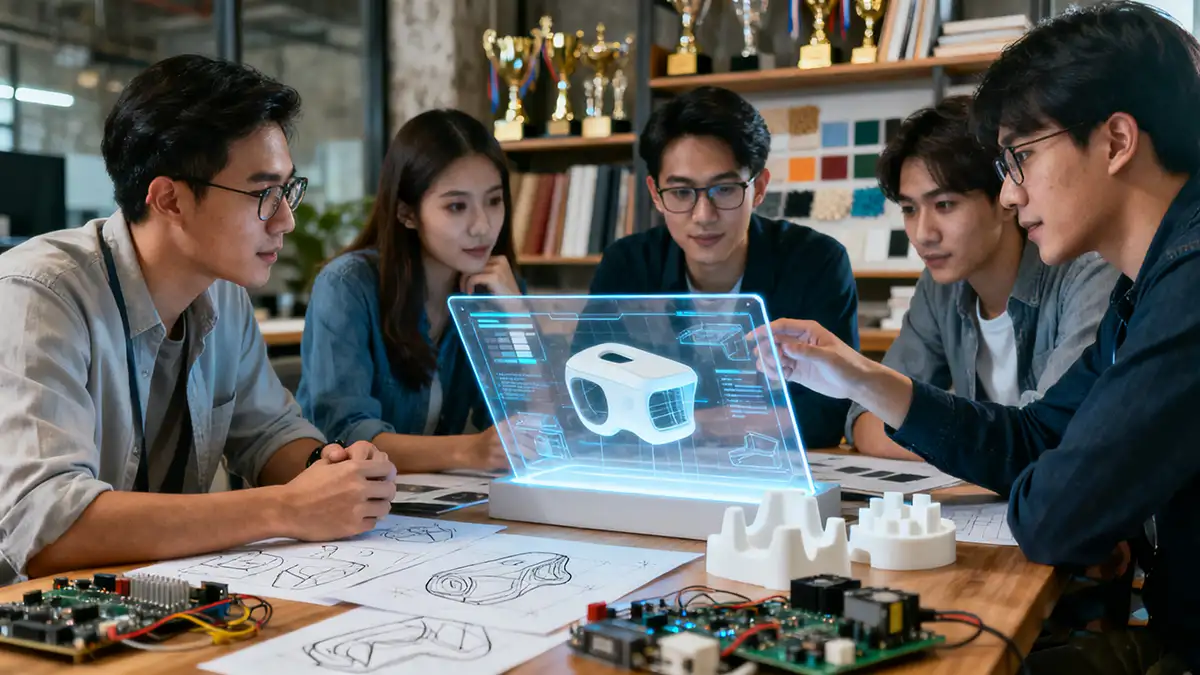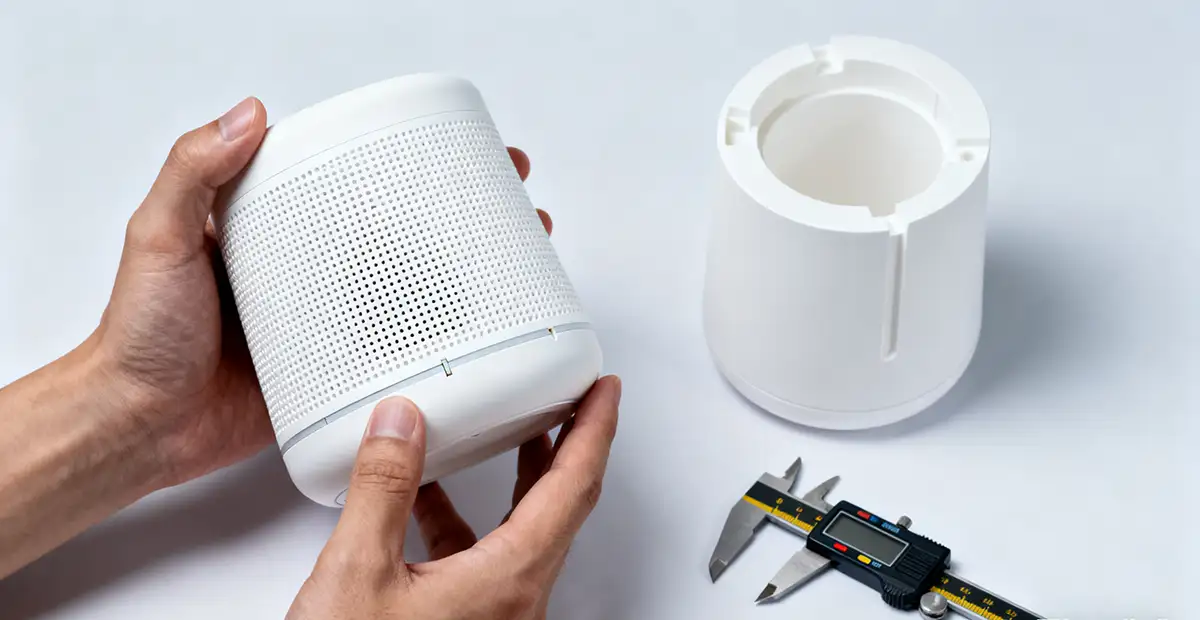NINEIDEA:深圳产品设计师在设计过程中,与客户进行有效沟通至关重要,它有助于确保设计成果符合客户需求和期望。
设计前充分了解需求
积极倾听:在项目开始阶段,安排专门的会议与客户深入交流。认真倾听客户对产品的功能、用途、目标用户、使用场景等方面的描述,不打断客户,确保全面理解客户的基本需求。
提问与确认:针对客户的描述,提出针对性的问题,以澄清模糊点和获取更多细节。例如,询问产品的具体使用环境、目标用户的特定需求或偏好等。在交流过程中,及时总结客户的需求并向客户确认,确保双方对需求的理解一致。
收集参考资料:请客户提供相关的参考资料,如竞品产品、喜欢的设计案例、品牌形象资料等。这些资料可以帮助设计师更好地把握客户的审美倾向和对产品的期望,同时也为设计提供灵感和参考。
设计中保持密切沟通
定期进度汇报:建立定期的沟通机制,向客户汇报设计进展。可以通过邮件、电话会议或面对面会议等方式,向客户展示设计的阶段性成果,包括草图、概念设计、模型等,让客户了解设计的推进情况。
引导反馈:在展示设计成果时,引导客户进行反馈。不仅要询问客户对设计的满意度,还要具体询问在功能、外观、用户体验等方面的意见和建议。鼓励客户提出批评和改进想法,让客户感受到自己的意见被重视。
解释设计决策:对于设计过程中的关键决策,向客户进行详细解释。说明为什么采用某种设计方案,以及该方案如何满足客户的需求和实现产品的目标。通过解释设计决策,让客户理解设计思路,增加客户对设计方案的认同感。
灵活调整方案:根据客户的反馈,及时对设计方案进行调整和优化。如果客户提出的意见合理且对产品有积极影响,应积极采纳并进行修改;如果客户的意见与设计原则或实际情况存在冲突,要以专业的态度向客户解释原因,并提供替代方案供客户参考。
设计后确保客户满意
最终方案展示:在设计完成后,以专业的方式向客户展示最终方案。可以制作详细的演示文稿或产品手册,全面展示产品的设计细节、功能特点、使用方法等。同时,安排现场演示或试用,让客户亲身体验产品的设计效果。
培训与交接:如果产品涉及到一些特殊的操作或维护要求,为客户提供相关的培训,确保客户能够正确使用和维护产品。此外,将设计文档、源文件等资料完整地交接给客户,方便客户后续进行修改或升级。
售后沟通与跟进:产品交付后,保持与客户的沟通,了解客户在实际使用过程中遇到的问题或意见。及时响应客户的反馈,提供必要的支持和帮助。通过良好的售后沟通,增强客户对设计团队的信任和满意度,为未来的合作打下基础。
How can Shenzhen product designers effectively communicate with clients during the design process
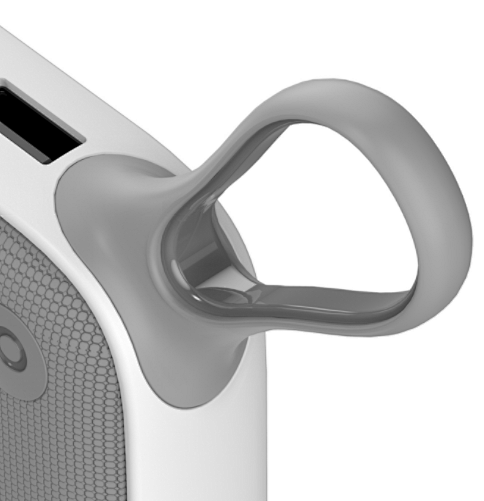
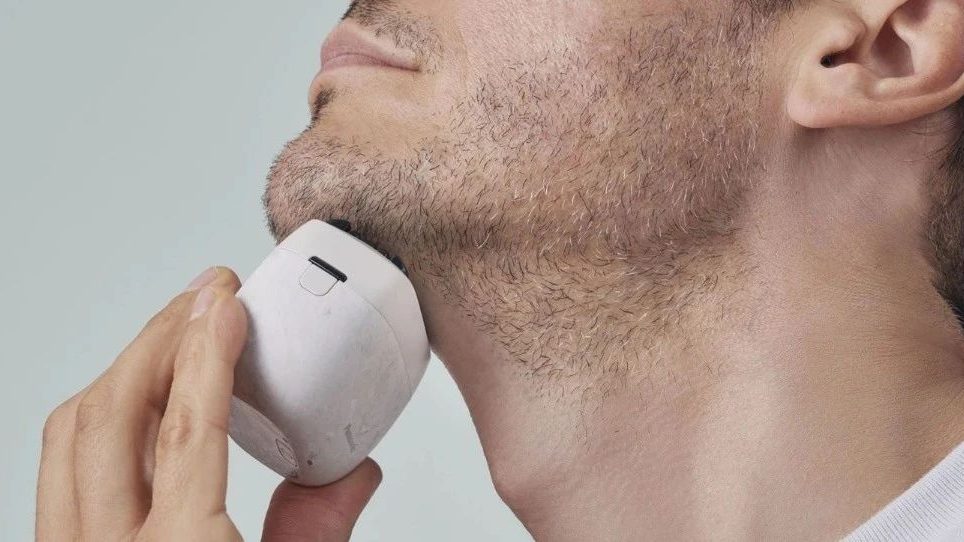

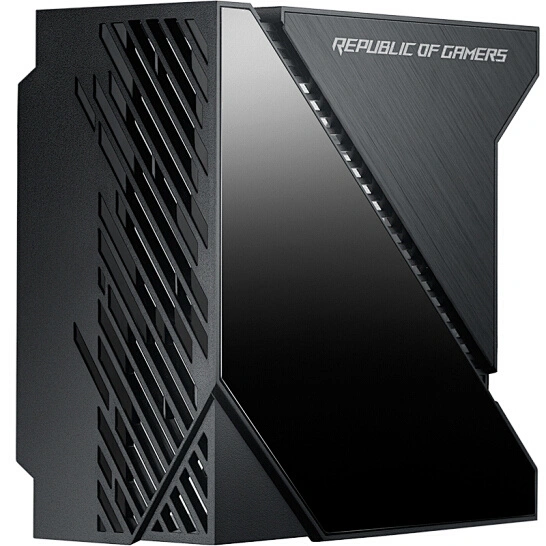
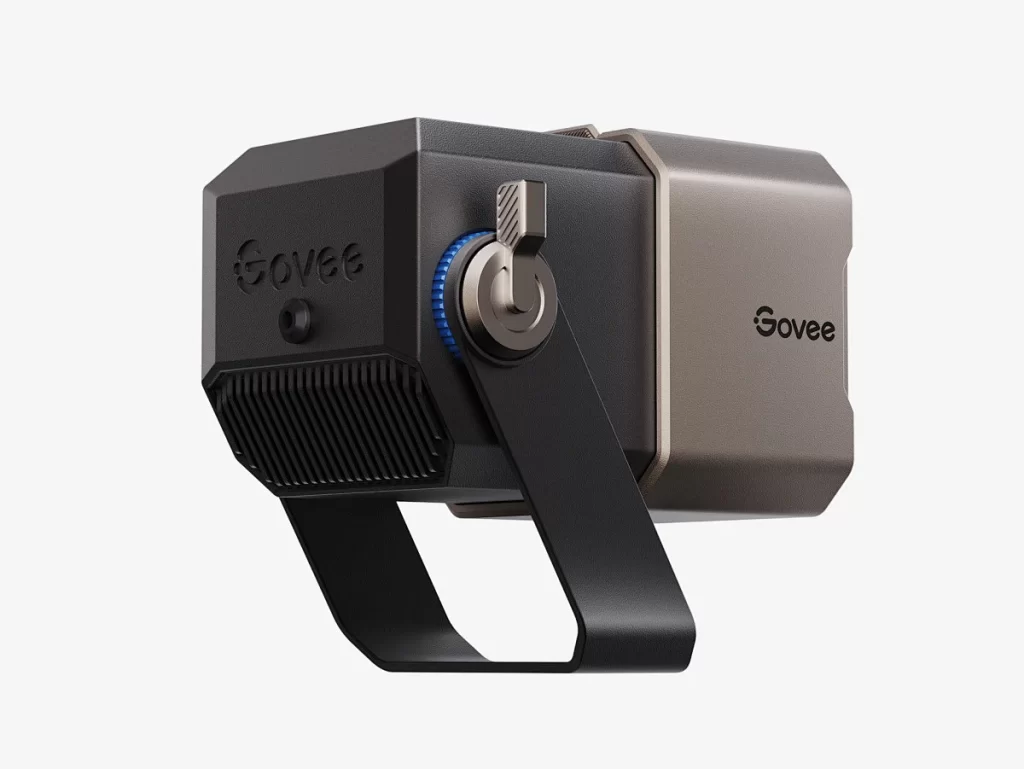
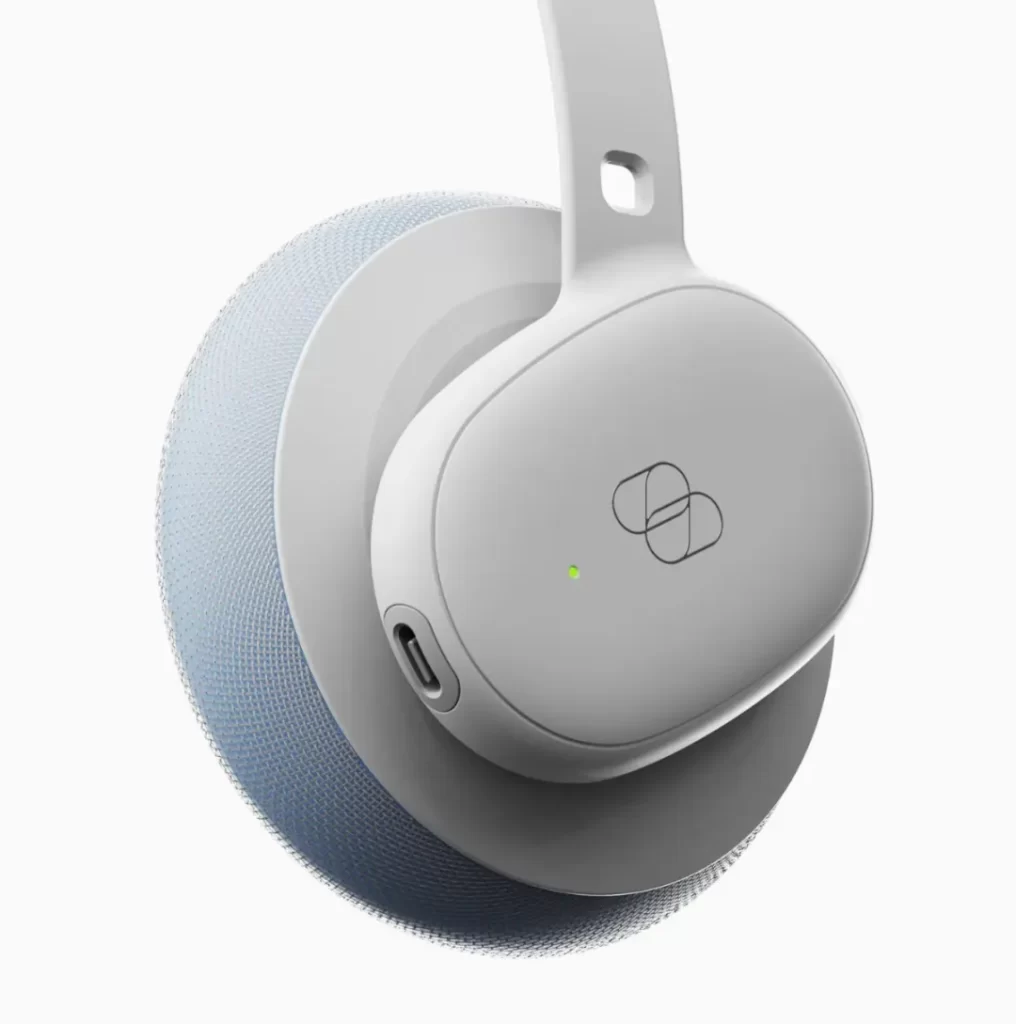
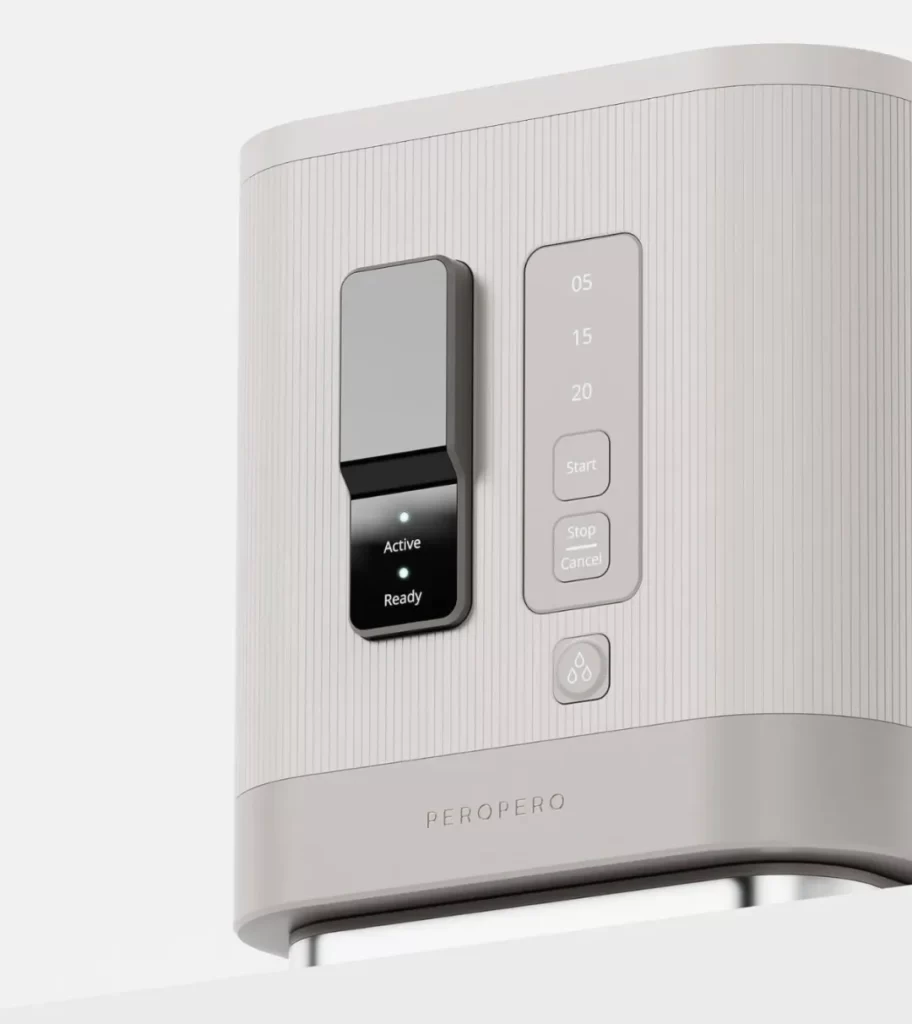

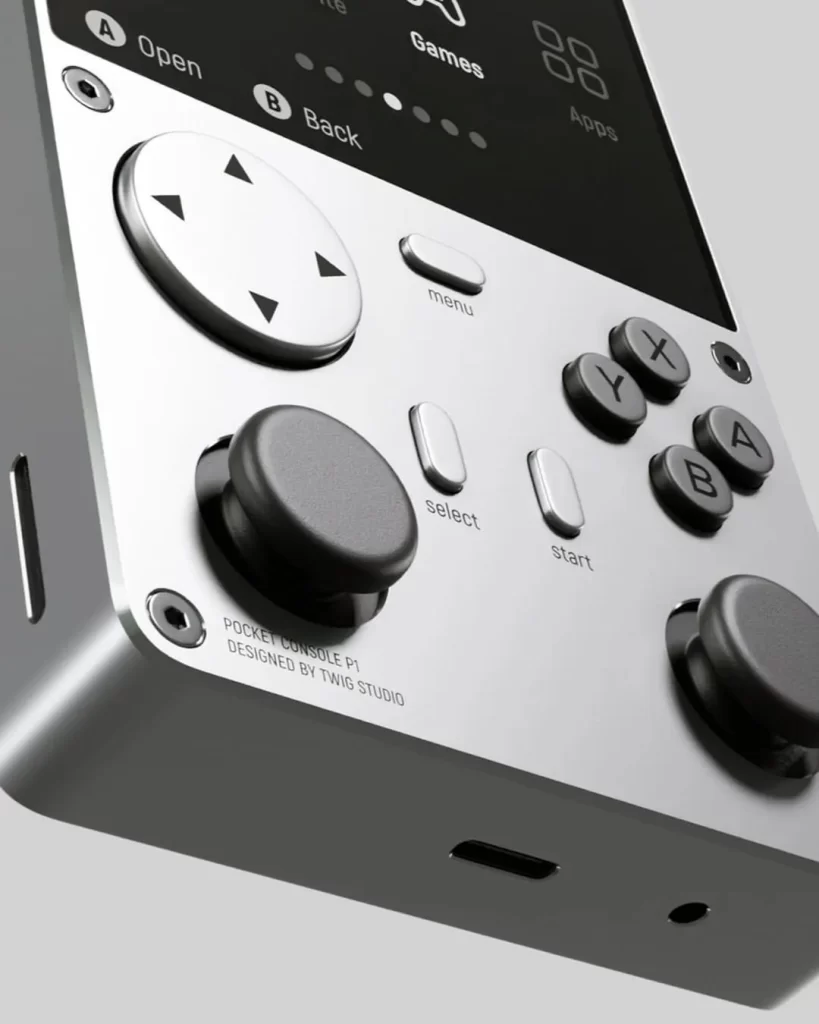
NINEIDEA:Effective communication with customers is crucial for product designers in Shenzhen during the design process, as it helps ensure that the design results meet customer needs and expectations.
Fully understand the requirements before design
Active listening: At the beginning of the project, arrange dedicated meetings to have in-depth communication with clients. Listen carefully to the customer’s description of the product’s functions, uses, target users, usage scenarios, etc., without interrupting the customer, to ensure a comprehensive understanding of their basic needs.
Ask and confirm: Based on the customer’s description, ask targeted questions to clarify ambiguous points and obtain more details. For example, asking about the specific usage environment of the product, the specific needs or preferences of the target users, etc. During the communication process, summarize the customer’s needs in a timely manner and confirm them with the customer to ensure that both parties have a consistent understanding of the needs.
Collect reference materials: Please ask customers to provide relevant reference materials, such as competitor products, favorite design cases, brand image information, etc. These materials can help designers better grasp customers’ aesthetic preferences and expectations for products, while also providing inspiration and reference for design.
Maintain close communication in design
Regular progress reporting: Establish a regular communication mechanism to report design progress to clients. We can showcase the phased results of the design to clients through email, conference calls, or face-to-face meetings, including sketches, conceptual designs, models, etc., to let clients understand the progress of the design.
Guiding feedback: When presenting design results, guide clients to provide feedback. Not only should customers be asked about their satisfaction with the design, but also about their specific opinions and suggestions on functionality, appearance, user experience, and other aspects. Encourage customers to provide criticism and improvement ideas, making them feel that their opinions are valued.
Explain design decisions: Provide detailed explanations to clients regarding key decisions made during the design process. Explain why a certain design scheme is adopted and how it meets customer needs and achieves product goals. By explaining design decisions, clients can understand the design ideas and increase their sense of identification with the design proposal.
Flexible adjustment plan: Based on customer feedback, timely adjust and optimize the design plan. If the customer’s suggestions are reasonable and have a positive impact on the product, they should be actively adopted and modified; If there is a conflict between the customer’s opinions and the design principles or actual situation, explain the reasons to the customer in a professional manner and provide alternative solutions for the customer’s reference.
Ensure customer satisfaction after design
Final proposal presentation: After the design is completed, present the final proposal to the client in a professional manner. You can create detailed presentations or product manuals that comprehensively showcase the design details, functional features, and usage methods of the product. At the same time, arrange on-site demonstrations or trials to allow customers to personally experience the design effect of the product.
Training and handover: If the product involves some special operation or maintenance requirements, provide relevant training to customers to ensure that they can use and maintain the product correctly. In addition, complete handover of design documents, source files, and other materials to the client facilitates subsequent modifications or upgrades.
After sales communication and follow-up: After product delivery, maintain communication with customers to understand any problems or opinions they may encounter during actual use. Timely respond to customer feedback and provide necessary support and assistance. Through good after-sales communication, enhance customer trust and satisfaction with the design team, laying the foundation for future cooperation.













